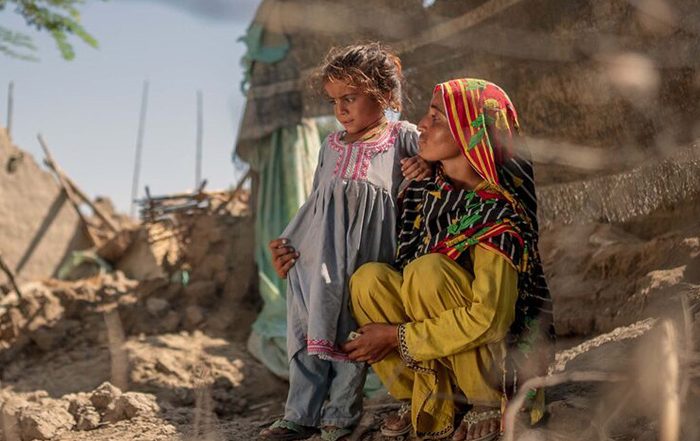
Rethink disasters
When storms hit, earthquakes strike, or floods rage, disaster often follows – but it doesn’t have to be that way. Find out how we're rethinking disaster and join our movement for change.
The global climate is changing at an unprecedented rate. And it’s having dramatic effects on people around the world.
Through our work supporting vulnerable communities, we are seeing increasingly devastating floods. Shifting weather patterns are also affecting food production and making some disasters more extreme. As a result, vital infrastructures are under threat, like water resources, energy, transportation, agriculture and health, as well as local ecosystems and wildlife.
Climate change is a humanitarian crisis.
We see this when we work with communities who have lost homes, livelihoods or loved ones to tropical storms, flooding and drought. Our changing climate is making it harder to live in many parts of the world and issues continue to build for people who play the smallest part in creating them.
Vulnerable families are on the front line of the climate crisis, forced to leave their homes to survive – either because of these disasters, or to find food, water or to make a living.
It is estimated that 1.2 billion people could be displaced by the climate crisis by 2050.
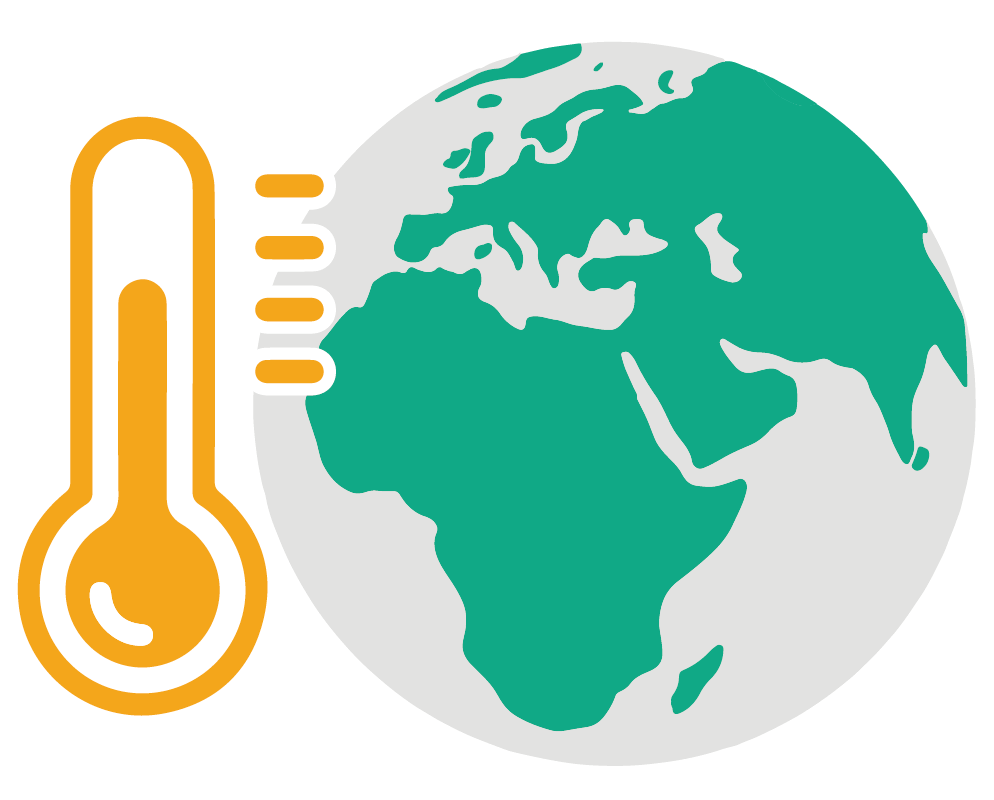
The earth has warmed by an average of 1°C in the last century.
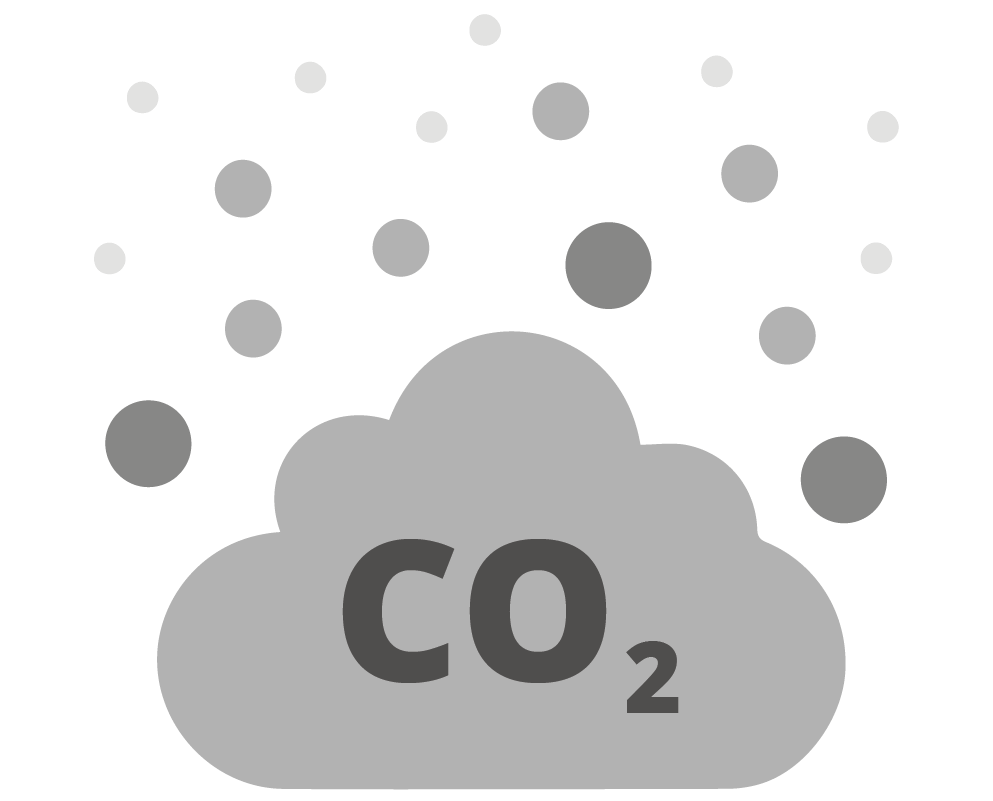
Greenhouse gas levels in our atmosphere reached a record high in 2018, well above the levels observed in nature (*over the last 800,000 years).
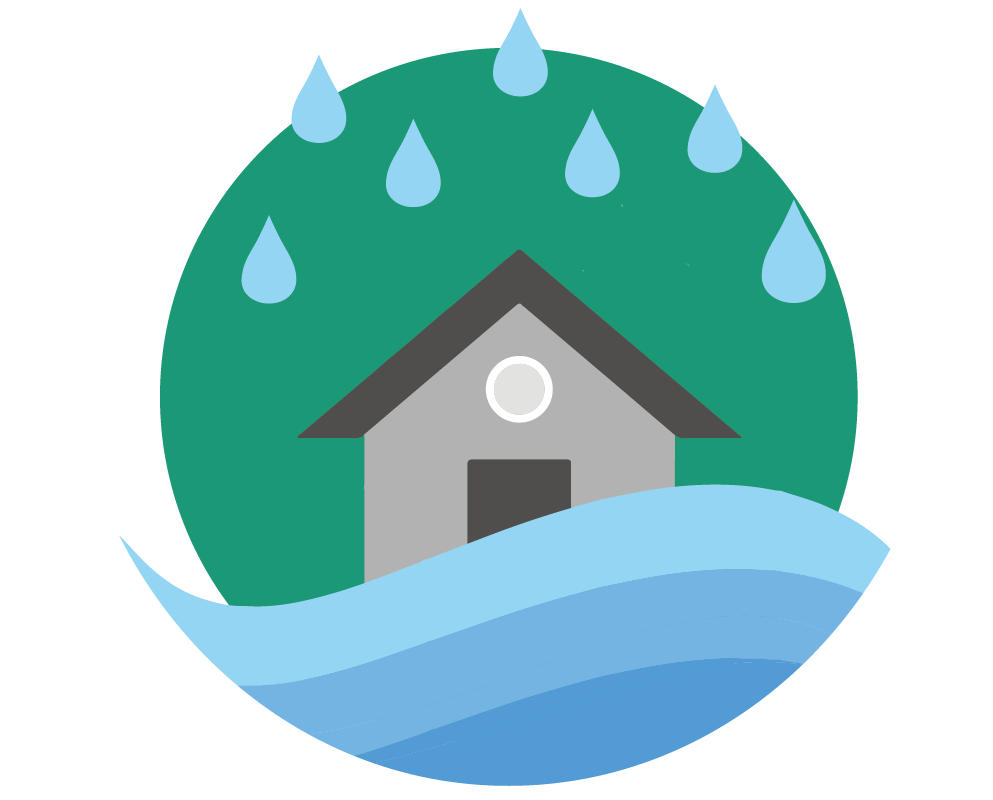
Sea levels will continue to rise well beyond 2100. The extent of the rise will depend on whether we are all able to reduce our greenhouse gas emissions.
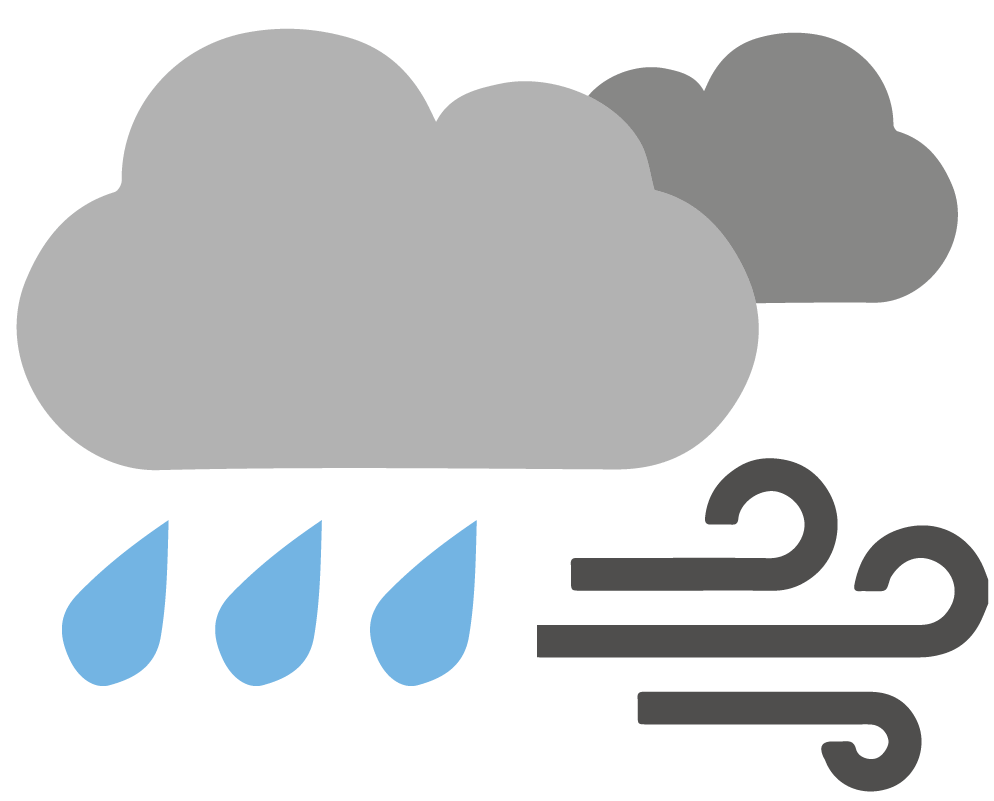
Climate change is leading to an increasing number of very strong storms in categories 4 and 5.
Our changing climate is making large weather events like droughts, hurricanes, floods and wildfires worse
Droughts are a natural part of our climate. They are influenced by moving weather patterns, high temperatures and lack of rain.
However, the climate crisis is increasing the severity of extreme drought in some regions around the world. Somaliland, the Lake Chad Basin, and the Eastern Mediterranean have all seen the devastating effects in recent years.
Increasing temperatures, more extreme changes in rainfall patterns and less snowfall are contributing to worsening drought conditions.
Even regions that may not see changes in rainfall are feeling the impact. Warmer temperatures lead to higher demand for water and more surface evaporation, putting greater stress on water supplies.
One of the most devastating effects of droughts is the strain they can put on food supplies. In countries where communities don’t have reliable sources of nutritious food, droughts can cause food prices to go up, leading to social unrest, famine and migration.
As temperatures rise, the warmth can lead to more extreme rainfall in some regions.
At the same time, the sea level rises predicted for the coming years will cause increased flooding in coastal and low-lying areas. Coastal erosion will also increase.
Flood risks are also increasing across many urban and rural areas because of the changing landscape. Natural flood barriers like forests are being cut down and expanding cities create huge areas of impermeable land where high levels of water are not easily drained away. (source: IPCC)
Tropical storms like hurricanes and cyclones are a natural part of our climate.
Whilst climate change is not increasing the number of tropical storms we see, the rising temperatures are causing the storms to become much more intense and have a far more devastating impact. In recent years, we have seen far more of the highest possible categories of storms – Categories 4 and 5.
Research also suggests that the climate crisis is influencing the speed of tropical storms, causing them to move more slowly, leading to greater destruction.
Rising temperatures and changing rainfall patterns will lead to more extreme drought.
Drought conditions can fuel deadly wildfires, with areas such as the US and Australia particularly susceptible.
Deforestation and farming techniques such as slash and burn are also a large contributor to wildfires. In 2019 fires ravaged the Amazon Basin, destroying more than 2 million acres of rainforest.
As well as huge areas of forest, thousands of homes have been lost globally over the past decade due to wildfires.
(source: Center for Climate and Energy Solutions)
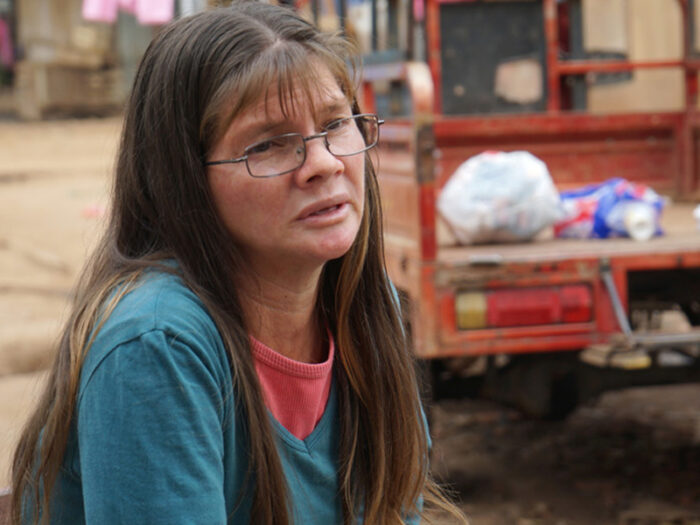

Extreme weather events often happen in countries where many people live in poverty. We help vulnerable communities recover after disaster, but the climate crisis is making challenging situations worse.
The climate crisis is having a huge impact on people who depend on the weather for their livelihoods. People who farm, rear livestock, or live a nomadic lifestyle are struggling to feed their families. Climate shocks bring devastating and long-term effects, often forcing them to move away into cities.
This brings a new set of challenging circumstances such as overcrowding, food scarcity and vulnerability to diseases.
For people living through war, the climate crisis makes their already overwhelmingly difficult situation worse.
Floods, droughts, depletion of water sources, shortage of food and often having nowhere to live add to the complexities of war.
With no essential services like health or social care, damaged economies, the constant threat of violence, and the lack of robust shelter, people’s ability to cope can be entirely compromised.
We know that by working to support disaster-affected communities we also have an impact on the environment.
Our use of air freight and energy contributes to climate change; the waste we produce contributes to landfill, and any single-use plastics will stay on the planet for many lifetimes.
If not properly managed, our impact could contribute to increasing the vulnerability of communities to disaster.
That’s why we are committed to understanding our impact on the environment and finding ways to avoid or reduce these effects.
We’re taking action towards reducing our carbon footprint in a number of ways, including:


Supporting communities who have lost their homes to extreme weather events has been a significant part of our work for over 25 years.
We are on the front line, helping communities in the immediate aftermath of disasters, which are becoming more severe because of our warming climate.
Right now, the climate crisis is destroying homes and livelihoods. With help from our partners, we work to reach some of the world’s most vulnerable people. People who are bearing the brunt of the increase in extreme weather and the ravages of conflict.
Climate change is irreversibly changing the lives of the communities we support and that means we are already active players in the climate crisis conversation.
Our priority is helping vulnerable people feel more in control of their futures – they know what they’re facing better than we ever could. Through listening to the communities we serve, our work can help with climate change adaption.

Water filters can help families clean contaminated water when climate shocks increase water scarcity.

Training ensures people can make the best use of the aid. That includes simple tips for securing a tarpaulin or creating drainage channels.

Where families are at risk of being displaced several times, aid packages are designed to be mobile and flexible.

Robust tents that can withstand strong winds and vents that help with ventilation in hotter climates.